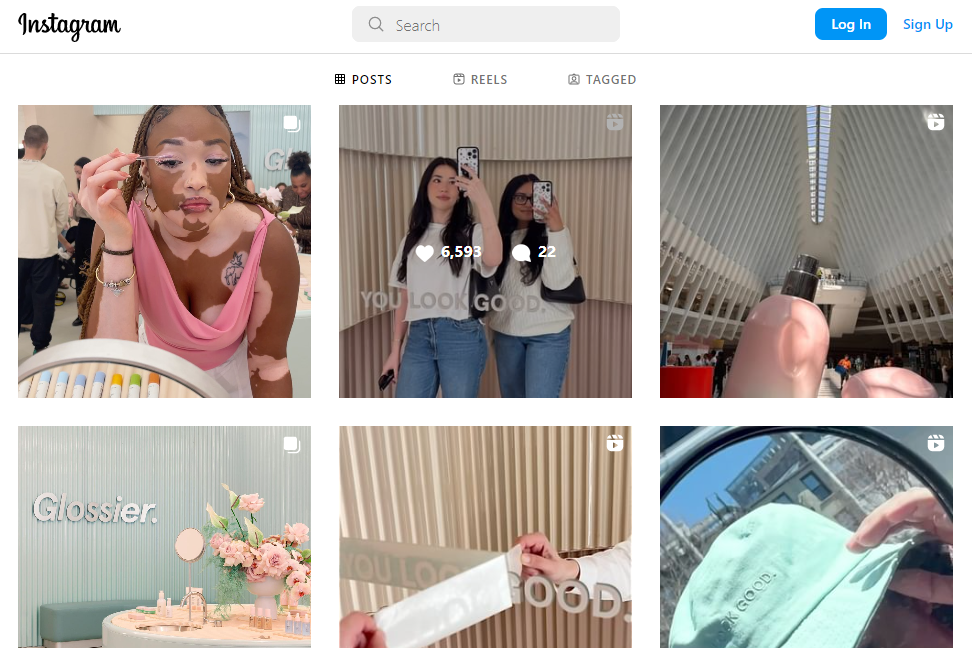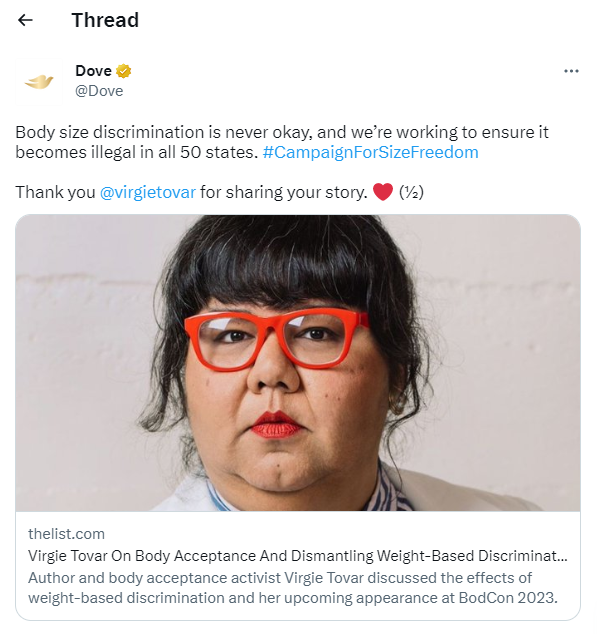Social media has become an integral part of modern-day business, providing companies with the means to reach out to their target audiences and build brand awareness. However, many businesses struggle to effectively use social media to their advantage.

Social media has revolutionized the way we connect with one another, with over 4.2 billion people around the world using social media in some capacity. For businesses, social media has become an essential tool for building brand awareness, connecting with customers, and driving sales. However, many businesses struggle to effectively use social media to their advantage, often posting sporadically or using outdated strategies that fail to engage their audience.
In this guide, we’ll provide you with a comprehensive overview of how to use social media for business, including the best practices and strategies to follow. Whether you’re a small business just starting out or an established brand looking to improve your social media presence, this guide will provide you with the information you need to succeed.
First, we’ll cover the importance of defining your objectives when using social media for business. By determining your goals, you can create a strategy that aligns with your business objectives and ensures that your social media efforts are effective and targeted.
Next, we’ll discuss how to research your target audience and choose the right social media platforms. Understanding your audience is crucial for creating content that resonates with them and choosing the platforms they are most active on.
Once you have a clear understanding of your objectives and target audience, we’ll cover how to optimize your social media profiles to accurately reflect your brand and provide your audience with the information they need.
Then, we’ll dive into how to create a content strategy that engages your audience and provides value to your followers. This can include sharing blog posts, creating videos, or sharing user-generated content.
Engaging with your audience is also crucial to building a loyal following on social media. We’ll provide tips on how to effectively engage with your audience, respond to comments, and create a sense of community around your brand.
Finally, we’ll cover how to analyze and adjust your social media strategy based on the results you are seeing. Using analytics tools, you can track your performance and adjust your strategy accordingly to ensure that your social media efforts are successful.
By the end of this guide, you’ll have a comprehensive understanding of how to use social media for business and the tools and strategies you need to succeed in the ever-changing world of social media.
1. Determine Your Objectives
Before you begin using social media for business, it is important to define your objectives. This can include building brand awareness, generating leads, driving website traffic, or engaging with your audience. By defining your objectives, you can create a social media strategy that aligns with your goals.
2. Choose Your Platforms
There are numerous social media sites accessible, and each has advantages and disadvantages. When choosing your platforms, consider your target audience and which platforms they are most active on. Facebook, Twitter, Instagram, LinkedIn, and YouTube are a few of the well-liked choices.
3. Optimize Your Profiles
Your social media profiles are often the first impression your audience has of your brand. Therefore, it is important to optimize your profiles to accurately reflect your brand and provide your audience with the information they need. This includes using high-quality profile and cover photos, including relevant information in your bio, and ensuring that your branding is consistent across all platforms.
4. Develop a Content Strategy
Creating engaging and informative content is crucial to the success of your social media strategy. Develop a content strategy that aligns with your objectives and provides value to your audience. This can include sharing blog posts, creating videos, or sharing user-generated content.
5. Research Your Target Audience
In order to effectively use social media for business, it’s important to understand your target audience. Conduct market research to determine the demographics, interests, and online behaviors of your audience. This can help you choose the right platforms, tailor your content to their interests, and engage with them in a way that resonates with them. By understanding your audience, you can create a more effective social media strategy that will help you achieve your business objectives.
6. Engage with Your Audience

Social media is a two-way conversation, and it is important to engage with your audience to build a loyal following. This can include responding to comments, answering questions, and sharing user-generated content. By engaging with your audience, you can build a strong relationship with your followers and create a sense of community around your brand.
7. Analyze and Adjust Your Strategy
Finally, it is important to regularly analyze and adjust your social media strategy based on the results you are seeing. Utilize analytics tools to monitor your performance and modify your plan as necessary. This can include adjusting the frequency or type of content you share, or shifting your focus to different platforms.
Here are a few more practical points to consider when using social media for business
Use a content calendar:
Planning your social media content in advance can help you stay organized and consistent with your posting schedule. Use a content calendar to plan out your posts, including captions, hashtags, and any images or videos you plan to share.
Create a brand voice:
Your social media content should reflect your brand’s unique voice and personality. Define your brand voice and use it consistently across all social media platforms to help build brand recognition and loyalty.
Use social media advertising:
Paid social media advertising can be a powerful tool for reaching new audiences and promoting your products or services. Consider using targeted ads to reach specific demographics or retargeting ads to people who have interacted with your brand before.
Monitor your competitors:
Keep an eye on what your competitors are doing on social media. This can provide valuable insights into what is and isn’t working in your industry, and can help you identify opportunities to stand out.
Stay up-to-date with social media trends:
Social media is constantly evolving, so it’s important to stay up-to-date with the latest trends and changes. Follow industry blogs and thought leaders to stay informed and ahead of the curve.
By implementing these practical tips, you can create a strong and effective social media strategy that helps you achieve your business objectives and reach your target audience.
Here are some successful social media marketing examples from real businesses
Wendy’s:

Wendy’s Twitter account has become known for its witty and often sassy responses to customer inquiries and comments. Their social media strategy has helped them stand out in a crowded fast-food market and build a loyal following.
Glossier:

Glossier has built a strong brand identity on social media by using a consistent aesthetic and voice across all platforms. Their social media content often features user-generated photos and reviews, helping to build a sense of community and authenticity around the brand.
Dove:

Dove has used social media to promote their message of body positivity and self-love. Their “Real Beauty” campaign, which featured real women of all shapes and sizes, was a viral success on social media and helped to establish Dove as a brand that values inclusivity and diversity.
Old Spice:

Old Spice’s “The Man Your Man Could Smell Like” campaign went viral on social media, thanks in part to its humorous and irreverent tone. The campaign helped to reinvigorate the Old Spice brand and appeal to a younger audience.
These real-life examples demonstrate the power of social media for building brand awareness, engaging with customers, and driving sales. By using social media creatively and effectively, businesses can achieve their marketing objectives and stand out in a crowded market.
In conclusion, social media can be a powerful tool for business when used effectively. By defining your objectives, choosing the right platforms, optimizing your profiles, developing a content strategy, engaging with your audience, and analyzing and adjusting your strategy, you can create a successful social media presence for your brand.

